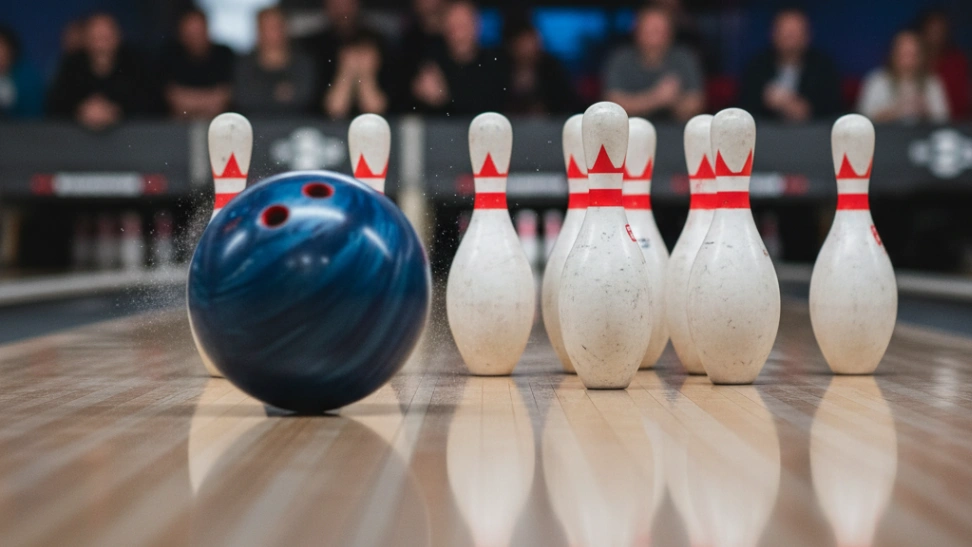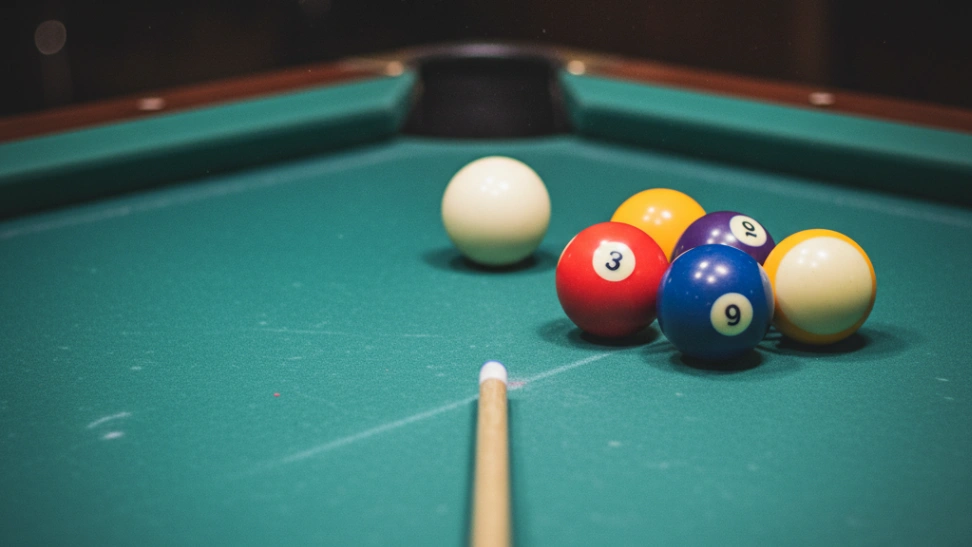The origins of bowling can be traced back thousands of years, with evidence of a primitive form of the game found in ancient Egypt, dating as far back as 3200 BC. British anthropologist Sir Flinders Petrie discovered bowling-like artifacts in a child's tomb, suggesting an early version of the sport. However, the modern form of bowling is more directly linked to Germany, where a game involving pins and a ball, known as "Kegelspiel" or nine-pins, was played as early as the 3rd century AD, often with religious significance. Martin Luther is famously credited with standardizing the rules of nine-pin bowling in the 16th century. German immigrants later brought the game to America. The popularity of nine-pins led to its prohibition in some areas due to gambling associations. In response, a tenth pin was added, giving birth to ten-pin bowling, a loophole that circumvented the nine-pin ban and paved the way for the game we recognize today. The first organized bowling club in the United States, the American Bowling Congress (now the USBC), was formed in 1895, establishing standardized rules and equipment that helped legitimize and popularize the sport across the nation and eventually the world. This rich history underscores bowling’s enduring appeal and adaptability through millennia, evolving from ancient ritual to modern recreation.
Mastering bowling involves a synergy of physical technique and mental strategy. The fundamental technique begins with selecting a ball that fits your hand comfortably and has an appropriate weight. A proper four or five-step approach, culminating in a smooth pendulum swing and release, is crucial for consistency. The goal is to deliver the ball accurately down the lane, aiming for a specific target — often an arrow or a spot on the lane itself — rather than directly at the pins. This allows the ball to travel predictably and ideally hit the "pocket" (between the head pin and the adjacent pin, typically 1-3 for right-handers and 1-2 for left-handers) for a strike. Beyond the initial release, understanding lane conditions, such as oil patterns, is vital. These patterns affect how the ball hooks or slides, and experienced bowlers learn to adjust their starting position, target, and ball choice to compensate, optimizing their chances for higher scores. This continuous learning and adaptation provide a deep layer of engagement that keeps the sport challenging and rewarding.
Scoring in bowling revolves around the concepts of strikes and spares. A strike occurs when all ten pins are knocked down on the first ball of a frame, earning 10 points plus the pins knocked down on the next two balls. A spare happens when all ten pins are knocked down on the second ball of a frame, earning 10 points plus the pins knocked down on the next ball. Open frames, where pins remain standing after two balls, receive only the pin count for that frame. The objective is to maximize strikes and spares across ten frames, with the final tenth frame allowing for bonus balls based on strikes or spares in that frame. Achieving a "perfect game" of 300 points, requiring twelve consecutive strikes, is a coveted accomplishment that demands exceptional precision and consistency. The strategic element extends to spare conversions; learning how to pick up various pin combinations, often by aiming at different parts of the lane, is fundamental to increasing one's average score and overall proficiency. This blend of simple objectives with complex execution makes every frame a mini-challenge, contributing to the game’s sustained appeal.
Beyond the technical aspects, bowling thrives as a social activity. Bowling alleys often serve as community hubs, hosting birthday parties, corporate events, and casual outings. League bowling is a cornerstone of the sport, offering a structured environment for regular play, friendly competition, and social bonding. Teams comprised of friends, family, or colleagues compete weekly, fostering camaraderie and a shared passion for improvement. The handicap system, which levels the playing field by adjusting scores based on individual averages, makes leagues enjoyable and competitive for bowlers of all skill levels, ensuring everyone has a chance to contribute to their team's success. This inclusive nature of bowling, combined with its relaxed atmosphere, makes it an excellent avenue for building friendships and strengthening community ties. Many bowlers find immense satisfaction not just in their personal scores, but in the shared experience and mutual encouragement found within their bowling circles. The ability to engage in lighthearted banter, celebrate successes, and commiserate over gutter balls adds significantly to the overall enjoyment, making it more than just a game, but a truly social pastime.
In conclusion, bowling remains a remarkably accessible and rewarding hobby with a deep historical lineage. It offers a unique blend of physical engagement, strategic thinking, and vibrant social interaction, suitable for individuals and groups alike. The journey from learning the basic roll to mastering complex spare conversions and understanding lane dynamics provides a continuous path for skill development. Its inclusive nature, coupled with the joy of shared experiences in a lively setting, ensures its continued popularity as a beloved recreational sport for millions worldwide.



